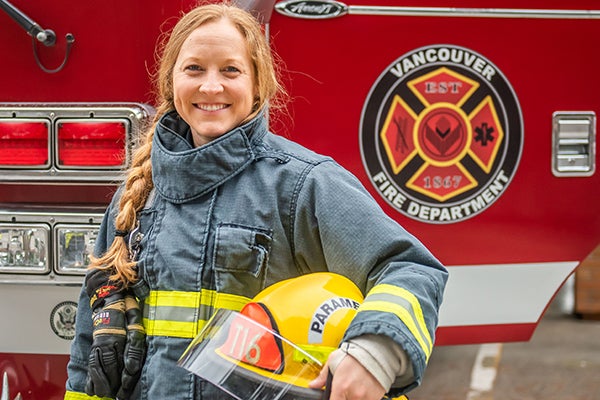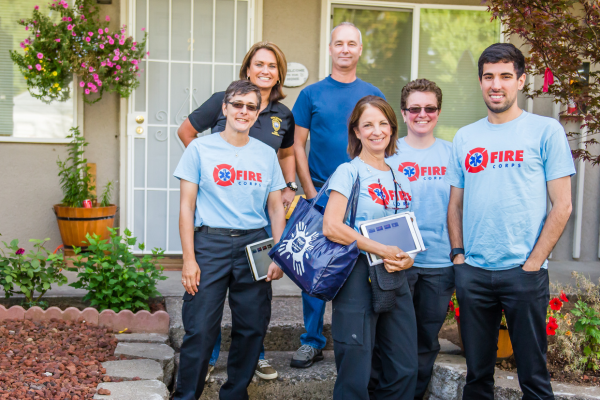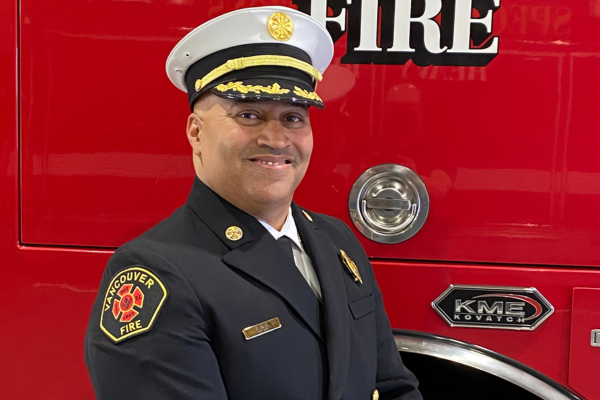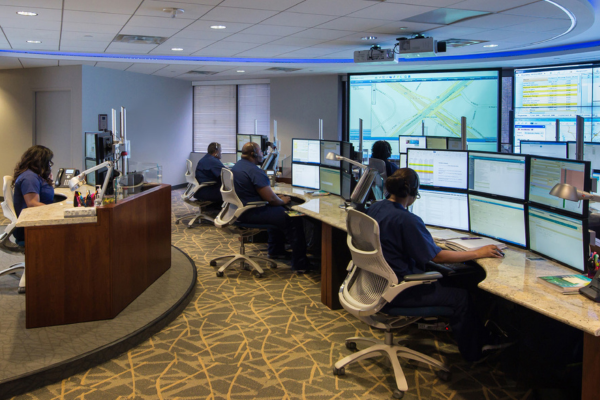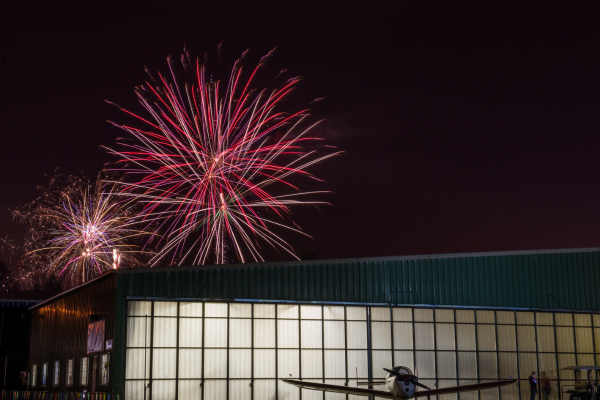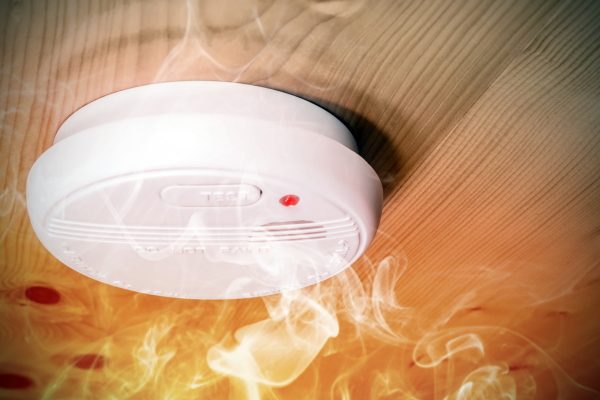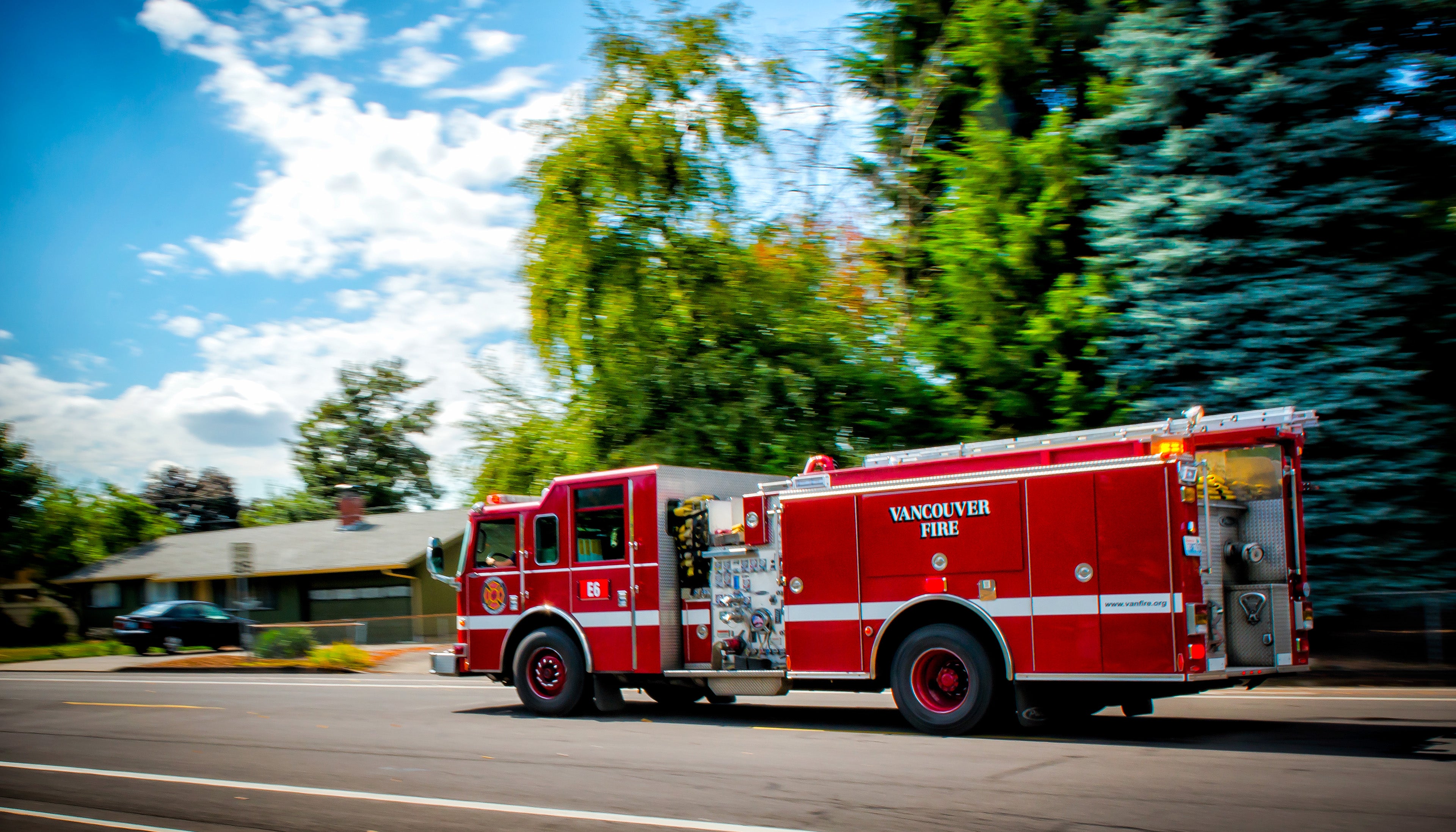Vancouver Fire Department
Vancouver Fire is one of the busiest and fastest-growing fire departments in the region.
We serve more than 294,000 residents and visitors across 90 square miles. Our frontline fire crews run more than 38,500 calls per year.
We also protect 22 miles of shoreline along the Columbia River.
Services
- Fire response
- Emergency medical response
- Hazardous materials response (regional)
- Technical rescue (regional)
- Maritime response
- Fire prevention
- Fire investigation
11 Fire Stations
Serving Vancouver and parts of unincorporated Clark County.
Fire Station Locations
- Station 1: 2607 Main St., Vancouver, WA 98663
- Station 2: 2106 Norris Rd., Vancouver, WA 98661
- Station 3: 1110 N. Devine Rd., Vancouver, WA 98661
- Station 4: 6701 N.E. 147th Ave., Vancouver, WA 98682
- Station 5: VFD Headquarters, 7110 N.E. 63rd St., Vancouver, WA 98661
- Station 6: 3216 N.E. 112th Ave, Vancouver, WA 98684
- Station 7: 12603 N.E. 72nd Ave., Vancouver, WA 98686
- Station 8: 213 N.E. 120th Ave., Vancouver, WA 98684
- Station 9: 17408 S.E. 15th St., Vancouver, WA 98683
- Station 10: 1501 N.E. 164th Ave., Vancouver, WA 98682
- Station 11: 9606 N.E. 130th Ave., Vancouver, WA 98682
EMS
Emergency Medical Services, or EMS, is a vital public service that delivers emergency care to victims of sudden and serious illness or injury.
In the Vancouver area, EMS is delivered in a multi-tiered system by firefighter-EMTs and fire medics from the Vancouver Fire Department and paramedics from American Medical Response.
In Vancouver, and throughout the country, EMS calls typically comprise more than 80% of the total emergency calls received by public fire-rescue agencies.
The EMS system depends on the availability and coordination of many different elements, ranging from an informed public capable of recognizing medical emergencies to a network of metro area trauma centers capable of providing highly specialized care to the most seriously ill or injured.
The 911 emergency center, search and rescue teams from the VFD and public support for prehospital care are some of the critical elements necessary for the EMS system to work.
The Vancouver Fire Department’s Paramedic and EMT firefighters are an important part of the EMS system.
Ambulance Services
The City of Vancouver has contracted directly with AMR to provide ambulance service to citizens since 2015.
Goals and objectives
- Maintain or potentially improve emergency medical service.
- Keep patient charges as low as possible.
- Assure equitable distribution of costs and levels of service throughout the county.
- Assure highest accountability for results through direct oversight and governance relationship.
Background
Ambulance services within the City of Vancouver used to be provided through an interlocal agreement with EMS District 2 originally signed in 1993. The service was user-fee supported and AMR was contracted to provide ambulance services.
EMS District 2 encompasses the cities of Vancouver, Battle Ground, La Center, Woodland, and Ridgefield and the unincorporated areas of Clark County.
In 2015, the City of Vancouver began contracting directing with AMR to provide ambulance services to its citizens, instead of through the EMS District 2 interlocal agreement. This change was made for the following reasons:
- The Board of Clark County Commissioners serves as the EMS District 2 Board and has sole final approval authority. The other partner agencies, Including the City of Vancouver, had no direct decision-making authority over the administration of the current EMS contract or the services provided.
- The City of Vancouver has grown significantly over the 20 years that have passed since the EMS District 2 interlocal agreement was first signed. The city’s population generates 74 percent of the ambulance calls, and thus supplies a majority of EMS fees used to pay for the service.
- The needs of City/urban and County/rural areas are different, and the city desires a more direct relationship with the ambulance service to better meet Its urban needs.
- The Vancouver Fire Department (VFD) currently responds to medical calls. Due to the terms of the District’s contract, very little coordination was allowed to occur between the VFD EMS responders, and the ambulance provider, which resulted in duplication of effort.
- By having direct oversight of the ambulance service, the Vancouver Fire Department will be able to develop the “hand in glove· relationship with the ambulance provider to better provide effective and efficient service to citizens.
Current Status
The contract with AMR to provide ambulance services was approved by the Vancouver City Council in November 2014. The contract went into effect on Jan. 1, 2015.
Read the 2022 Ambulance Services Annual Report to City Council
Special Operations – HAZMAT Team
The Hazardous Materials Response Team began service in 1986. This highly-trained and skilled team is one of numerous local government hazmat teams located throughout Washington.
What is a “hazardous material?”
A hazardous material, by definition, is “any element, compound or substance that poses an unreasonable risk to health or property and which, because of handling, storage, processing or packaging, may have detrimental effects on emergency personnel, the public, equipment and/or the environment.”
The Hazmat team is deployed to hazardous materials emergencies throughout Clark County and when requested, to other neighboring jurisdictions.
Personnel
The Hazmat team is staffed by career firefighters. Firefighters are assigned voluntarily to the team for a minimum of five years. While on-duty, team members are evenly dispersed among three shifts. Team members are on-call during off-duty hours.
Team members prepare pre-emergency contingency plans that are based on hazard and risk assessments of known hazardous material bulk storage and use facilities within VFD’s response area. Team leaders also participate in regional and state contingency planning, which includes hazardous materials transported over Clark County railroads and highways.
Special Operations – Marine Team
VFD’s all-hazard quick response vessel, Discovery (Vancouver USA Fire Boat 1), provides rapid water response to fire, rescue and hazmat incidents occurring on or along the Columbia River between Lewiston and Astoria.
The rescue boat coordinates closely with other public safety marine units during emergency operations.
Discovery is staffed with well-trained firefighters who are qualified and approved to fill one or more of the following operational roles:
- Water-based rescue and medical calls
- Fire suppression on boats, docks and on shore
- Search and rescue
- Chemical/fuel spill response
- Support during natural disasters, earthquakes or other large-scale incidents
- Support for Hazardous Materials and Technical Rescue response operations
- Law enforcement support
- Dive team support
Using smaller “fast attack” vessels instead of the larger traditional fireboats provides both tactical and economic advantages, providing a quicker and more nimble response to marine fires and other emergencies and costing far less to operate and maintain.
Special Operations – Technical Rescue
Technical rescue is a special skills area of the fire service that focuses on the application of specific knowledge, skills, and equipment to safely resolve unique and/or complex rescue situations. Examples include rescues from confined spaces, trench collapse, water emergencies, structural collapse, and rescuing people trapped above or below grade or in other challenging situations.
The Vancouver Fire Department’s Technical Rescue Team is a group of personnel having advanced training and special equipment to safely and efficiently conduct technical rescue operations. The team works closely with the City’s Public Works Department.
Technical Rescue is akin to what Emergency Medical Service programs were to the 1970s, and Hazardous Materials programs were to the 1980s. It has gained prominence in our everyday lives with incidents such as Hurricane Andrew, the Northridge California Earthquake, and the Oklahoma City Bombing, where specialized rescue response is needed.
Preventing Emergencies
The mission of the Fire Marshal’s Office (FMO) is to protect life and property by preventing emergencies before they happen. This is done through education, enforcement of fire, building and life safety codes, investigation of fire causes for criminal or product recall follow up, and the application of adopted codes to construction projects.
The FMO is responsible for administering fire safety education, fire cause determination, inspection of business and multi-family occupancies, plan review and inspection of new construction for fire code compliance. The FMO is managed by Fire Marshal Heidi Scarpelli.


